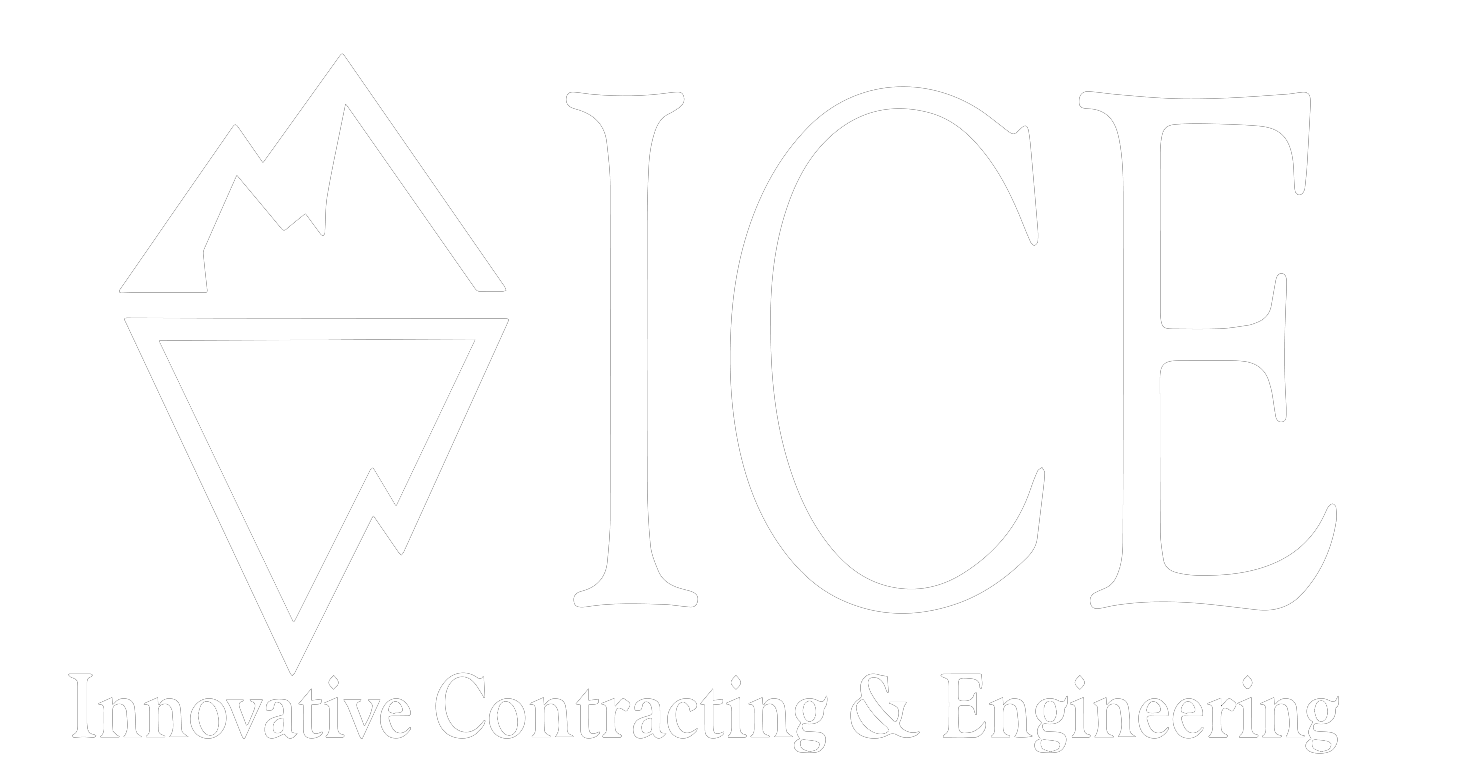CMGC or PD-B: Choosing the Right Delivery Method
When considering which alternative delivery method best suits their project, owners often rely on delivery method selection matrices or seek advice from peers. Both approaches are valuable decision-making tools. When advising our clients on this matter, we start by examining the key differences between CMGC and PD-B, then compare the benefits of each delivery method to their project-specific goals.
Key Differences Between CMGC and PD-B:
The primary disparities lie in contract structure and designer affiliation. PD-B construction contracts are typically awarded to the contractor at the 60% design level, whereas CMGC projects often extend to final design before awarding the construction contract, although CMGC permits earlier awards if the owner opts for it. Another significant distinction is that in PD-B, the designer is part of the design-build team, whereas in CMGC, the designer contracts directly with the owner. This difference is noteworthy because, on larger and more complex projects, having the designer on the PD-B team facilitates quicker responses to design changes, while contracting the designer directly with the owner (CMGC) is preferable for projects with complicated permitting and public outreach components.
In most other aspects, these two delivery methods employ similar processes:
Both allow negotiation of the project risk profile.
Both emphasize early contractor involvement.
Both emphasize innovation development.
Both collaboratively reconcile cost and schedule differences using an Independent Cost Estimator.
Comparison of CMGC and PD-B for Project-Specific Goals:
Collaboration: CMGC tends to foster closer collaboration among the owner, designer, and contractor throughout the entire project, leading to enhanced communication and coordination. In CMGC, the designer reports directly to the owner, and often the owner requests the designer to lead task force meetings. In PD-B, the design-builder’s construction manager typically leads these meetings. Though seemingly minor, this difference significantly impacts the level of designer involvement.
Cost Savings: CMGC projects may yield slight cost savings compared to PD-B. Progressing the design to final design before awarding the construction contract typically results in increased design and more time spent managing risk, potentially reducing project costs and improving cost certainty.
Risk: CMGC projects commonly have a more comprehensive risk register with more risk items mitigated compared to PD-B, as they continue to final design before awarding the construction contract. With PD-B projects, there's a risk that design changes between 60% and final design, necessitating a final cost reconciliation once final plans are available.
Faster Project Delivery: CMGC can expedite project delivery by allowing construction activities to commence earlier in the design phase, thereby shortening the overall project timeline. However, most owners award PD-B projects around the 60% design milestone, which may truncate the preconstruction schedule even more than CMGC.
Better Quality Control: CMGC can result in better quality control throughout the project, as the contractor participates in the design process up to final design. Their increased involvement between 60% and final design can ensure that construction meets the desired quality standards.
Both CMGC and PD-B methods emphasize collaboration and early contractor involvement, leading to improved project outcomes compared to traditional design-bid-build. The choice between CMGC or PD-B depends on specific project goals, legislative authority, and owner's resources and preferences.
For a more in depth conversation about choosing the right delivery method, call Dan Bender at 702-523-2354
Early Work Packages for the Virginia Street RAPID Extension Project
The Virginia Street RAPID extension in Reno is a shining example of how smart planning can lead to a successful project. By implementing early work packages, the project avoided costly delays and met its completion deadline. We worked with the CMAR team to condense the schedule by adjusting the phasing and sequencing approach. This achievement saved the project both time and money.
The Regional Transportation Commission (RTC) of Washoe County extended their bus rapid transit (BRT) service, RAPID, along Virginia Street in Reno. The line extended 1.8 miles from the existing northern terminus at the 4th Street Station, through the downtown area to the UNR campus. This project included pavement rehabilitation, sidewalk, curb and gutter, lighting, new signals, a new round-a-bout, medians, bus platforms, and pedestrian safety improvements. The project was constructed by Sierra Nevada Construction (SNC) and was designed by NCE.
Virginia Street is a busy corridor, with businesses that needed to maintain customer access during construction. Maintaining that access while working around existing infrastructure was one of the biggest challenges on the project. The corridor is over 100 years old and has numerous underground utilities left in place from previous projects. Traditionally, locating these utilities would involve extensive potholing, a time-consuming and expensive process.
To mitigate delay risk, IC&E recommended that the project include an early utility relocation package into a joint utility trench. This involved upfront planning and coordination to move these utilities out of the way before major construction began. To optimize the schedule, our team recommended potholing throughout the relocation effort. This proactive approach saved significant time and kept the project on schedule.
The success of the Virginia Street project highlights the importance of early work packages. This isn't limited to utility relocation – early material procurement and clearing/grubbing are also great use cases for early work packages. By getting these tasks underway early, project delays can be minimized.
Innovative Contracting & Engineering (IC&E) provided ICE services for this CMAR project. Our team provided production-based cost estimates, constructability reviews, construction scheduling, risk mitigation, and support to help RTC successfully negotiate a fair market price for this project.
CJ Barker, Lead Cost Estimator
We are thrilled to shine the spotlight on one of our dedicated team members, CJ Barker, who has been making remarkable contributions since joining our team in September 2023 as a Lead Cost Estimator. CJ brought with him a wealth of experience and expertise when he joined IC&E, holding a Bachelor of Science in Construction Management from Colorado State University. Before his time with us, he served in the U.S. Army as a Light Infantryman, showcasing his dedication and commitment to excellence.
At IC&E, CJ has played a pivotal role in supporting key projects such as the Susquehanna River Bridge Project and the West Alabama Highway Project. His leadership and a keen eye for detail have ensured the successful delivery of quality outcomes for our clients. CJ is always striving for improvement and doesn't settle for mediocrity. He has set ambitious goals for himself, aiming to deliver exceptional results for our clients, expand our client base, and contribute to the growth and development of our company. He envisions himself playing a crucial role in enhancing our marketing efforts and fostering stronger client relationships.
Beyond his professional accomplishments, CJ possesses a unique and intriguing skill—he's a firewalker! Having participated in Tony Robbins Events, CJ has fearlessly walked on hot coals, demonstrating his courage and determination. Outside of work, CJ leads an active lifestyle, enjoying activities such as exercising, lifting, biking, and even remodeling investment properties with his trusty tool belt.
CJ's expertise spans a wide range of areas including design management, change/claim pricing, risk analysis, and estimate management. His extensive knowledge and field savvy have been invaluable assets to our team, allowing him to think creatively and effectively navigate complex challenges.
CJ Barker exemplifies the dedication, passion, and innovation that define our team at IC&E. His commitment to excellence and unwavering focus on delivering results make him an invaluable asset to our organization. We look forward to witnessing CJ's continued growth and contributions as he helps shape the future success of IC&E.
Alternative Delivery Consulting Services (PDB, CMGC, CMAR, DB, P3)
Alternative Delivery Processes Training
Independent Cost Estimating (Production-Based Cost Estimating)
Critical Path Scheduling Using Primavera P6
Constructability Reviews
Risk Management/Mitigation
Innovation in Construction Techniques
Negotiation
Change Order Reviews
We love what we do! We have a passion for finding creative approaches to construction. We are constantly looking for innovative construction techniques to add value to the projects we are working on. Our team has found ways to reduce schedule and/or construction costs on every project we have worked on to date!
Innovative Contracting & Engineering (ICE) is a team comprised of former contractors and professional engineers who have a thorough understanding of market fluctuations, pricing trends, construction strategies, and innovations. Our experience working on alternative delivery projects across the United States has provided our team with a tool bag full of industry best practices. Construction cost estimating and scheduling is our primary focus. This focus is how we stay current on construction trends and price changes, and that helps us produce more accurate estimates than our competition. We have a passion for finding creative approaches to construction. We are constantly looking for innovative construction techniques to add value to the projects we are working on. Our team has found a way to reduce schedule and/or construction costs on every project we have worked on to date! ICE works closely with our clients to improve the quality of their most challenging projects.
Past Newsletters:
Are Blue Book Equipment Rates Appropriate for use on Alternative Delivery Projects?
Free Tools! - Innovations Tracking
Pareto’s Principle and Concept Cost Estimates
Meeting Project Risks & Challenges
Leaders Turn Vision into Infrastructure
Early completion milestone bonuses in CMGC contracts
Risk Management Best Practices
Vision 2020?? Nobody saw this coming!
How can we help you? Send us your questions, comments, and request.
Email, Call, or Text: Dan Bender, 702-523-2354, danbender@iceteams.com







